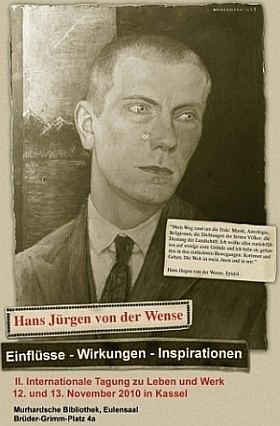Name Hans von | Role Poet | |
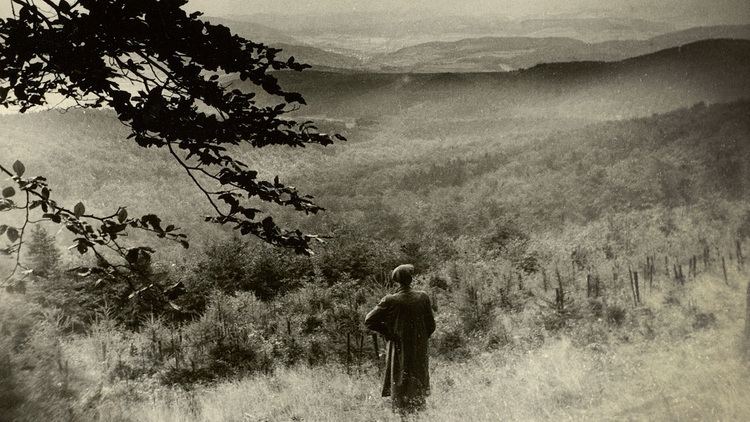 | ||
Hans j rgen von der wense
Hans Jürgen von der Wense (10 November 1894 – 9 November 1966) was a German poet, composer, photographer, aphorist and hiker.
Contents

Life
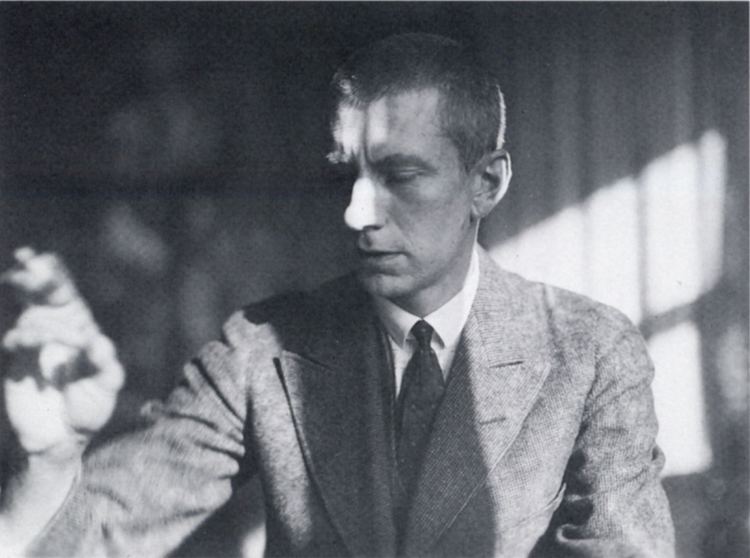
Wense was born in Ortelsburg, then in East Prussia but today Szczytno in Poland, to a family of military and aristocratic background. in 1914 he began to study philosophy in Berlin. A keen musician, he played some of his own compositions to Arnold Schoenberg in 1915. From 1915 to 1918 he served in the German army.
He began publishing his poetry in 1917. He took part in the Spartacist uprising of 1919 in Munich. In the following years he pursued his music studies with Clara Zetkin, Hermann Scherchen and Ernst Krenek. Hans Heinz Stuckenschmidt ranked Wense in 1921 with Erik Satie, Igor Stravinsky and Béla Bartók. Some of Wense's early music showed traits of Dadaism, for example his 1919 opus "Music for piano, clarinet and suspended metal colander." A wealthy older artist, Hedwig Woermann (1889–1960), began at this period to support him financially; this support continued until 1945 and allowed him to follow his various pursuits. Although Wense was gay, his friendship with Woermann was one of the deepest in his life.
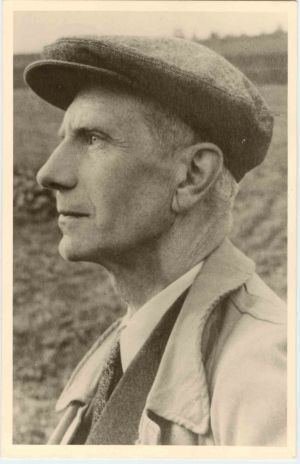
In 1932 Wense first visited the region of Hesse-Kassel which was to become dear to him. He planned to write a book about hiking in the area between the towns of Göttingen, Paderborn and Eschwege. In 1940 he settled in Göttingen; throughout the Second World War he worked as a factory labourer. In the period 1946-1949 some of his aphorisms were published in a Göttingen journal, but following this he published nothing for the remainder of his life. At his death he left over 300 folders with about 30,000 pages of letters, photographs, reflections and translations, of which 13 contained musical compositions, including transcriptions of music by Gustav Mahler and Dietrich Buxtehude. Wense was also involved in creating a detailed alphabetical index of esoteric extracts from world literature (edited posthumously as Von Aas bis Zylinder).
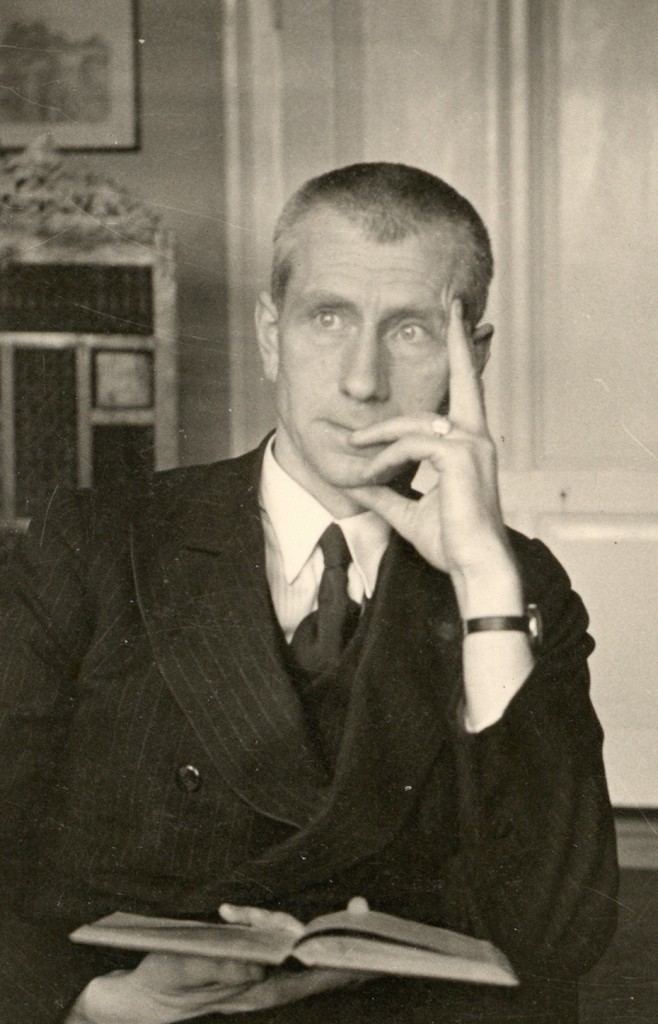
Wense died in Göttingen in 1966 of colorectal cancer. A number of his writings were published posthumously.
Compositions
Wense's compositions include:
Writings
Wense's posthumously published writings include:
